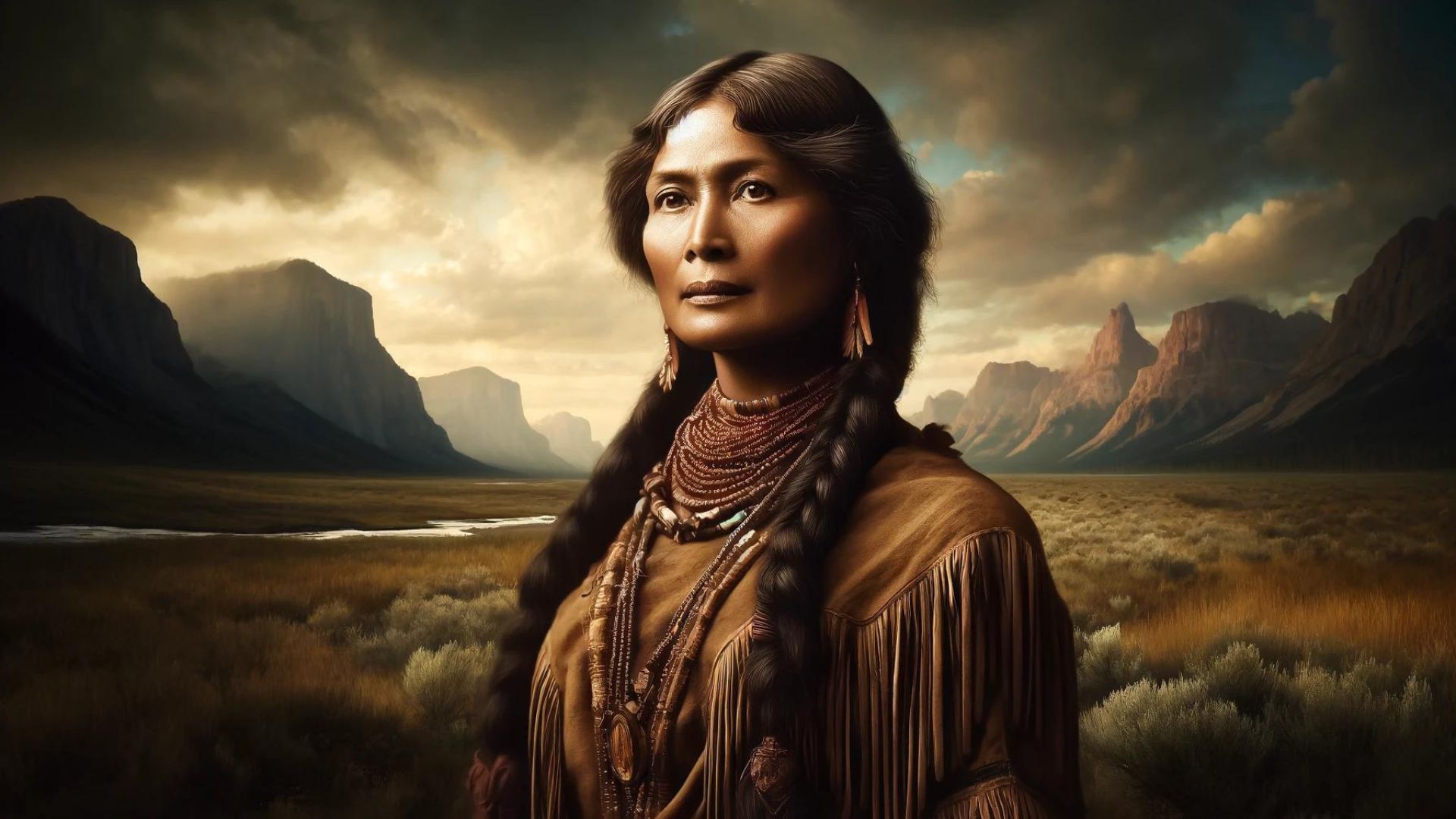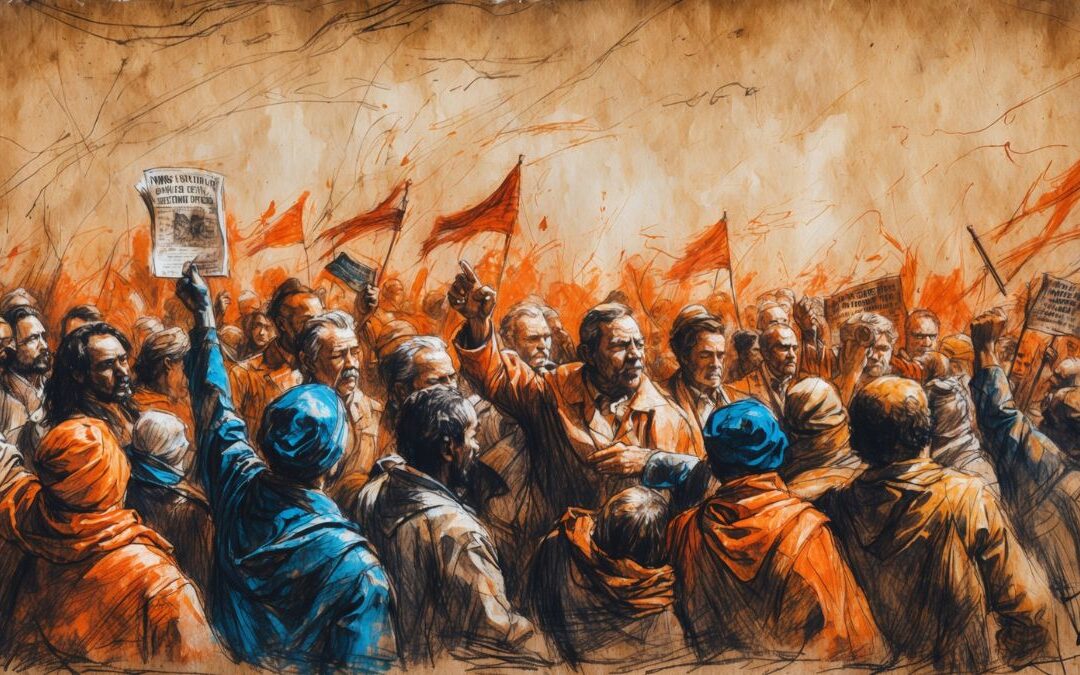Sacagawea: A Life of Courage and Resilience
Sacagawea’s name echoes through the annals of American history. A young Shoshone woman, she played a pivotal role in the famed Lewis and Clark Expedition, serving as a translator, guide, and symbol of peace, ultimately influencing the course of westward expansion.
Early Life and Hardship
Sacagawea, born around 1788 in the Lemhi Shoshone tribe, faced hardship early in her life. Around the age of 12, she was captured by a Hidatsa raiding party and taken to their village in present-day North Dakota. There, she became the wife of Toussaint Charbonneau, a French-Canadian fur trader.
The Lewis and Clark Expedition
In 1804, the Lewis and Clark Expedition arrived at the Hidatsa villages seeking interpreters and guides for their journey to the Pacific Ocean. Charbonneau was hired, and Sacagawea, pregnant at the time, joined the expedition. Her knowledge of Shoshone language and territory would prove indispensable.
Sacagawea gave birth to her son, Jean Baptiste Charbonneau, shortly after the expedition began. Carrying her infant, she journeyed thousands of miles, often on foot, through uncharted wilderness. She helped the explorers secure horses from the Shoshone, identified edible plants, navigated difficult terrain, and crucially, her presence helped dispel the notion that the Corps of Discovery was a war party.
Sacagawea’s Influence and Legacy
Sacagawea’s remarkable contributions ensured the success of the Lewis and Clark Expedition in several key ways:
- Interpreting and Diplomacy: Her language skills were essential in negotiations with Native American tribes, ensuring safe passage and fostering alliances.
- Cultural Knowledge: Sacagawea’s deep understanding of the land, plants, and traditional routes helped the expedition survive and thrive.
- Peace Symbol: Her presence with her infant son often signaled to encountered tribes that the expedition was not hostile.
While records on her later life are scarce, Sacagawea’s unwavering spirit and pivotal role in the Lewis and Clark Expedition cemented her place in history. She’s been honored on coins, stamps, and statues, a testament to the young indigenous woman who became a national symbol.
Continuing Controversy and Representation
It’s important to note that Sacagawea’s life has been subject to both romanticization and historical gaps. There are ongoing discussions about her agency and the true extent of her contributions to the expedition. Despite these complexities, her story remains an essential part of the American narrative.
Sacagawea’s legacy is a reminder of the incredible strength and resilience of indigenous women throughout history. It also serves as a starting point for important discussions about accurate and respectful representation. Her story continues to inspire, reminding us of the vital contributions of those frequently left out of traditional historical narratives.











0 Comments